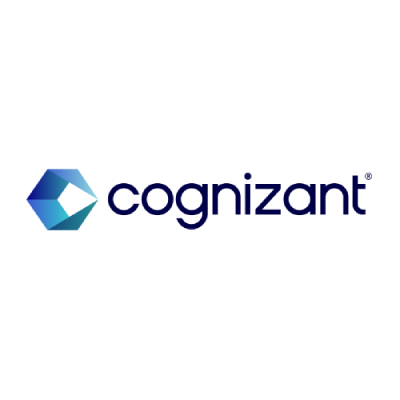As generative AI continues to grab headlines and board attention, we see patterns emerging on how to scale AI successfully, and also the pitfalls to avoid. One critical enabler for success is to clearly understand your path to scale for AI, and then to form a balanced approach for sustainable progress.
Today, we are seeing many enterprises struggling to get past the “proof of concept” stage to scalable solutions that deliver business benefit. This could be due to over-focusing on short term, standalone use case demonstration at the expense of readiness for scale. Others are overly cautious, and risk being disrupted or left behind, as they over-focus on the long term at the expense of incrementally building capability and experience.
Our recommended approach to scale AI is to treat short, medium, and long-term considerations as distinct workstreams, with specific focus areas that need to be addressed in parallel:
The short term: Seizing low-hanging fruit
In the immediate term, there are numerous proven and low-risk opportunities that leaders can pursue. Implementing many of these opportunities at pace will create significant cost savings to fund wider AI efforts, and can also increase business agility to be able to address more disruptive opportunities. For example, AI can accelerate software engineering processes or assist front-line customer service staff, enhancing efficiency and productivity. The critical factor here is maintaining control over consistency of implementation, so that work can be governed, and assets can be re-used. Additionally, packaging AI capabilities in a modular fashion can increase the speed of implementation for subsequent use cases.
The medium term: Addressing competitive positioning and volatility
As AI continues to advance at an unprecedented pace, organizations must address the resulting competitive positioning and market volatility impacts. Building hyper-agile change delivery capability that combines applied research and scaled systems engineering should be a priority. Furthermore, leaders must consider how to protect customer relationships and data assets, which will be the core of sustainable differentiation in an AI-driven world. Many long lead-time activities need to be started now, such as data readiness, upskilling and legacy modernization.
The long term: Envisioning new industry dynamics and operating models
In the long run, AI will fundamentally transform industry dynamics and operating models. We estimate that 90% of job roles will be impacted by AI in some way. While the specifics of this transformation are still uncertain, what's needed now is a clear vision that aligns with the organization's purpose and makes responsible use of AI. Engaging and reassuring the workforce is critical (and urgent!) to create a positive culture where AI is seen as a force for good and where the entire organization contributes.
As leaders navigate AI implementation, separating short, medium, and long-term goals is crucial for success. This focused approach enables organizations to quickly capitalize on proven opportunities, proactively manage market shifts, and thoughtfully prepare for sweeping industrial transformation. These ideas can be explored further in our “Rewire for AI” perspectives.
Engage with us at London Tech Week
The AI revolution is here and it’s up to us as leaders to navigate it effectively. By embracing a strategic vision, building a strong foundation and committing to ethical practices, we can ensure that AI serves as a force for good.
I will be joining a panel of industry leaders to explore this topic at London Tech Week on Tuesday 11 June, where Cognizant are the official partner for Innovation and Transformation.














